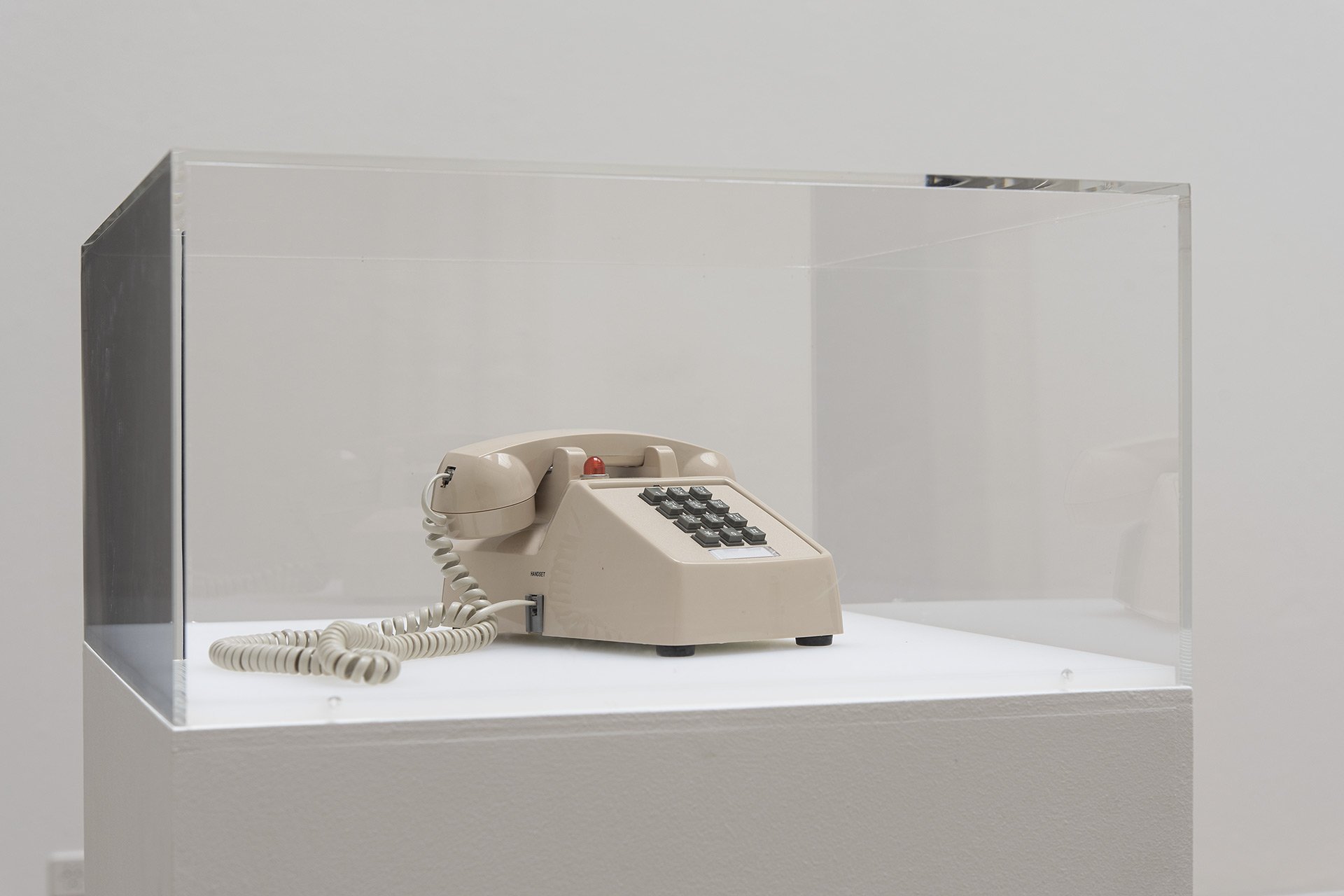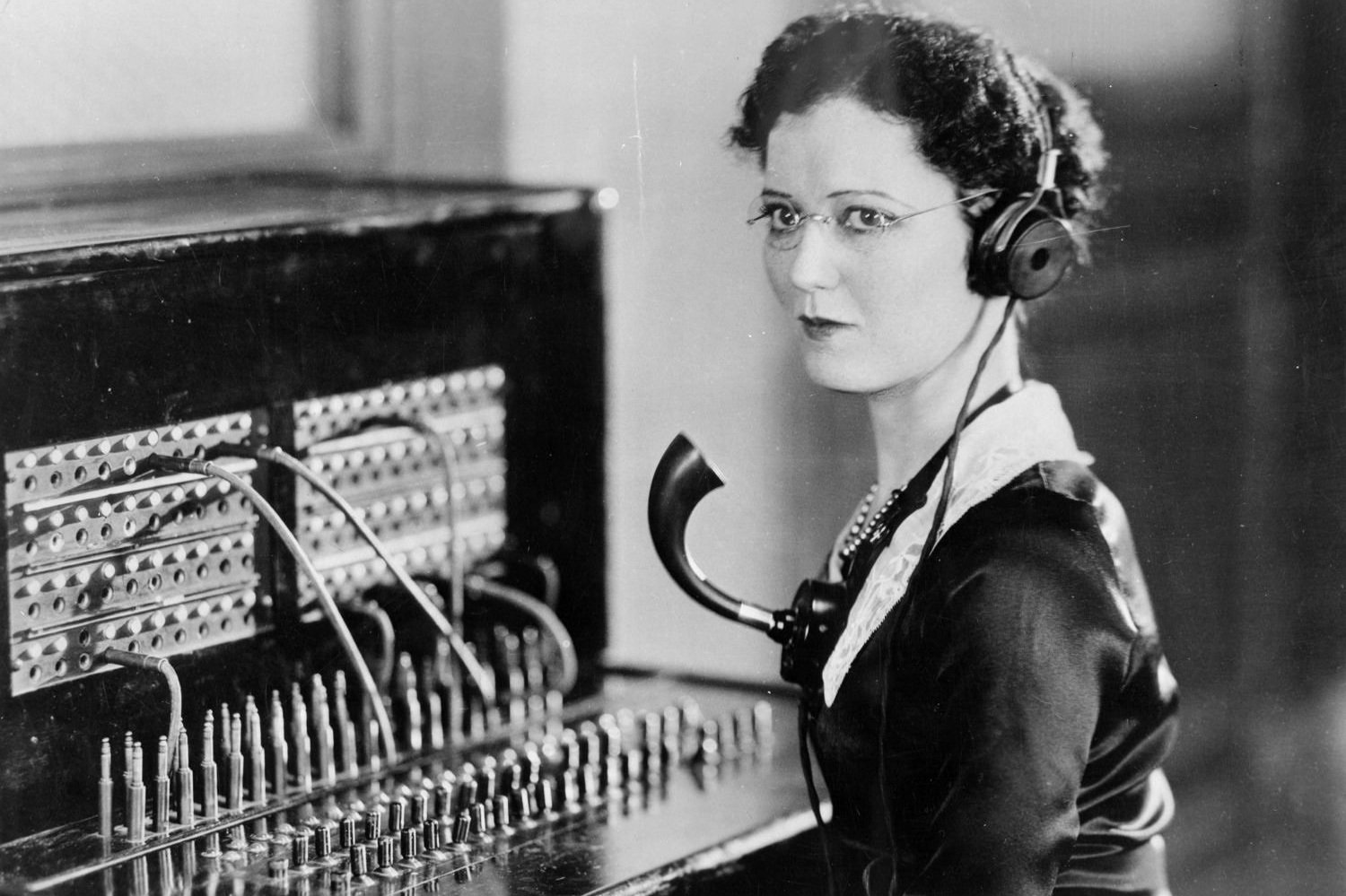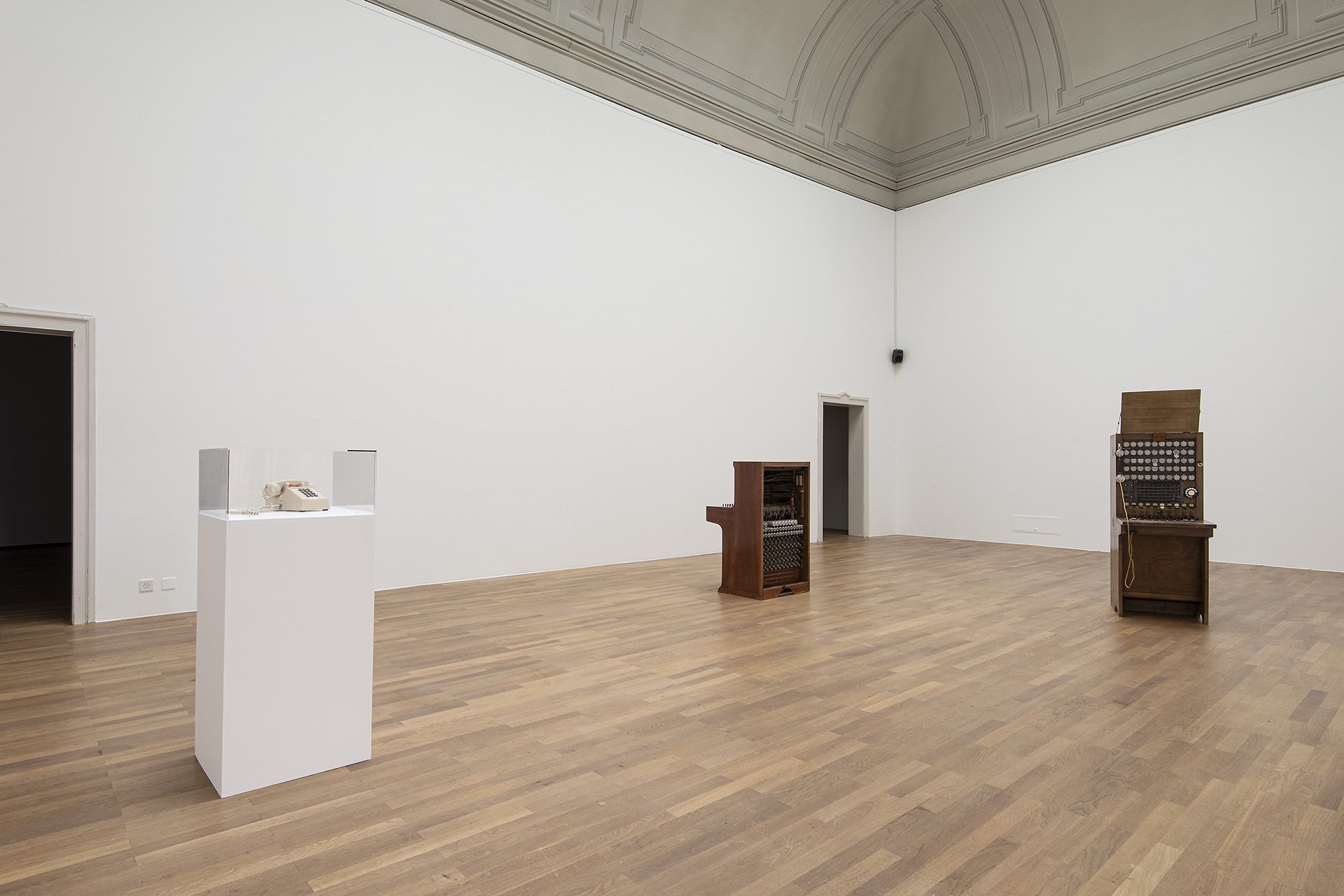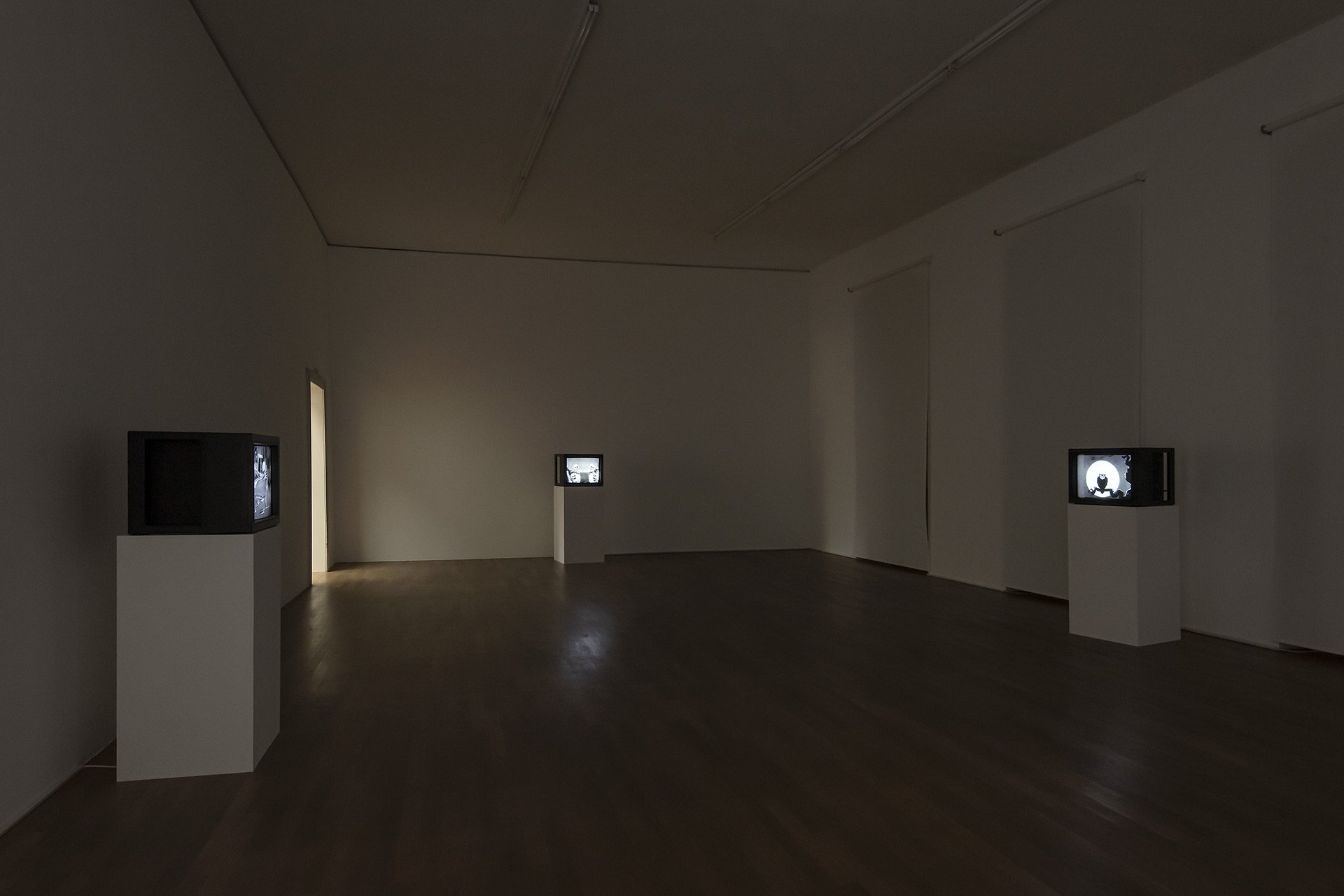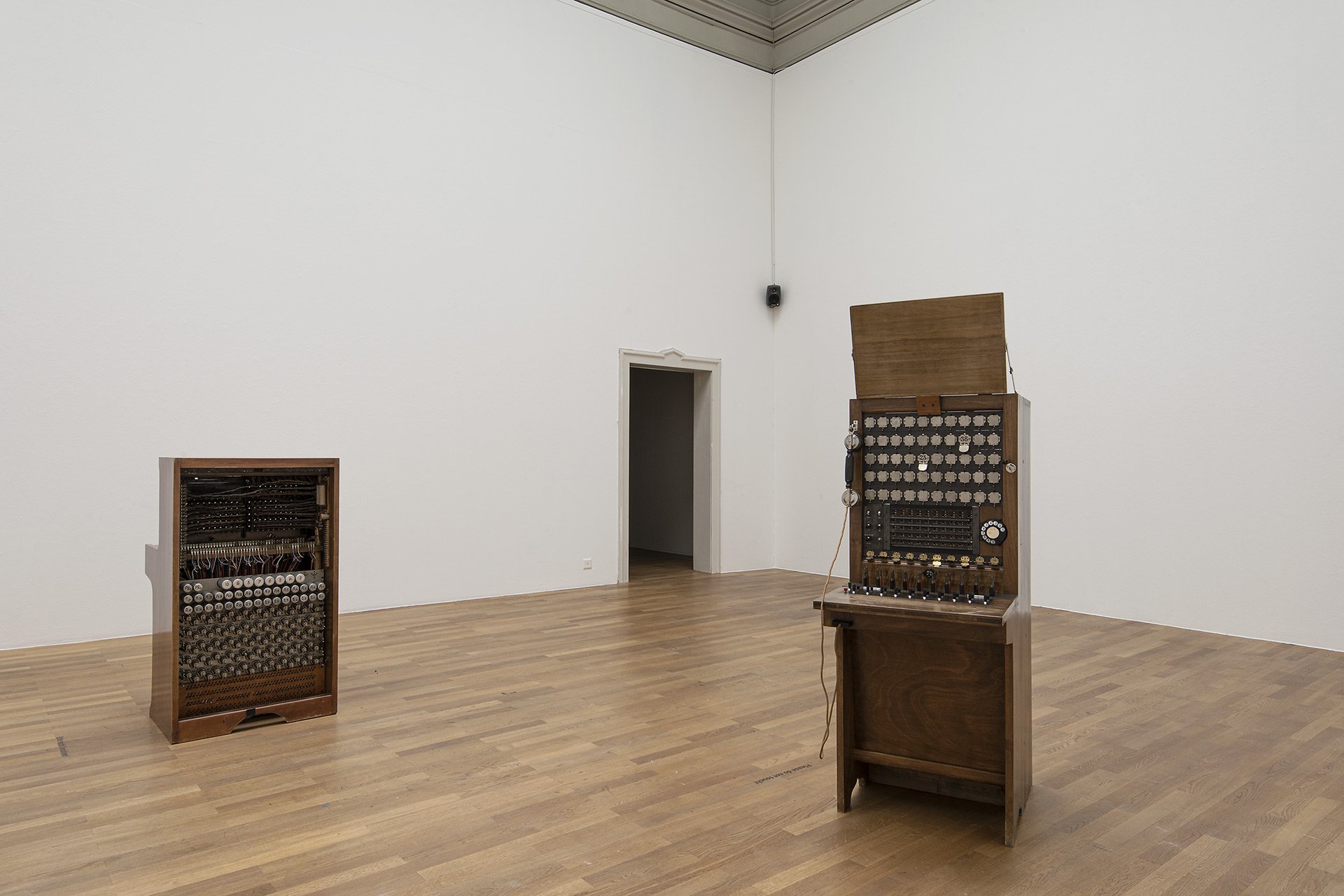Otavio Schipper
Litany for Bubbles
August 7 – September 4 2022
Kunsthalle Winterthur is pleased to present Otavio Schipper's (b.1979, lives and works Rio de Janeiro) solo exhibition, Litany for Bubbles. Schipper first exhibited with Kunsthalle in the group show The Wizard's Chamber in 2013. After completing a residency at the European Organization for Nuclear Research (CERN) in Geneva in 2019, Schipper came to Zurich this summer to work exclusively on the show at Kunsthalle Winterthur.
An important reference within Litany for Bubbles is the American Josef Carl Engressia (1949 – 2007), founder of the We Won't Grow Up non-profit support organisation. Nicknamed Joybubbles, Engressia was born blind, but blessed with absolute pitch. In 1957 he discovered he could disconnect a phonecall by whistling a certain frequency. He refined his skills and was soon able to place a free long-distance call to anywhere in the world – sold for $1 to his fellow students at the University of South Florida. Joybubbles was an acquaintance of the software engineer John T. Draper, who perfected the manipulation of telephone lines and named it “phreaking”. Draper also designed the “blue box”, a multifrequency tone generator that replicated Joybubbles’ whistling. Eventually, a common button-telephone could be used for phreaking, just like the one Otavio Schipper now positions into the middle of the main hall at Kunsthalle Winterthur. Schipper combines it with two telephone switchboards from the 1930s and a four-channel sound installation, composed from various telephone tones and automated responses, in cooperation with the mathematician and pandeiro-player Sergio Krakowski (b.1979, lives and works in Rio de Janeiro).
In the small hall, the moving image is centre-stage: The Skeleton Dance is a black and white animation by Walt Disney and marks the beginning of the so-called Silly Symphony, a series of animated short musicals created between 1929 and 1939, and in colour from 1932. The five-and-a-half-minute long cartoon features four skeletons that rise out of their graves and begin to dance, at first individually, then in groups, and finally in unexpected and comedic re-combinations of singular bones. Otavio Schipper re-arranges the original material into four new edits and shows them on tube-televisions.
The exhibition is supported by the Museum of Communication, Berne. Kunsthalle Winterthur is supported by the Canton of Zurich Fachstelle Kultur, the City of Winterthur, Friends of Kunsthalle Winterthur, Stanley Thomas Johnson Foundation, and Migros Culture Percentage.
